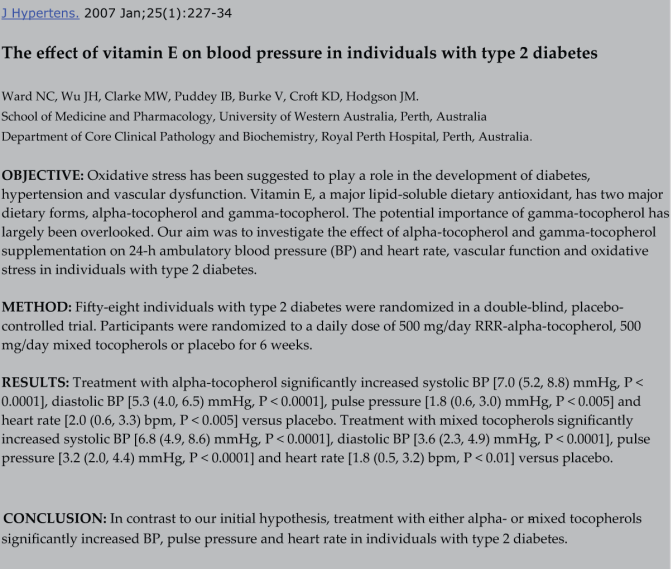STAT 1201: Introduction to Probability and Statistics Assignment 1
Hello, dear friend, you can consult us at any time if you have any questions, add WeChat: daixieit
STAT 1201: Introduction to Probability and Statistics
Assignment 1 (12%)
This assignment has 8 questions for a total of 100 marks and counts 12% towards your final course grade.
1. Chapter 1: (12 marks)
For the study summarized in the abstract below:
a. Identify the “5 W’s plus H.”
b. Name each variable and identify whether it is categorical or quantitative. For each quantitative variable identify the units used.

(Ward et al., 2007)
2. Chapter 2: (12 marks)
The Great One
During his 20 seasons in the NHL, Wayne Gretzky scored 50% more points than anyone who ever played professional hockey. He accomplished this amazing feat while playing in 280 fewer games than Gordie Howe, the previous record holder.
Here are the number of games Gretzky played during each season:
79 80 80 80 74 80 80 79 64 78
73 78 74 45 81 48 80 82 82 70
a. Draw a histogram for the data.
b. Describe the shape of the distribution.
c. Without finding the mean and the median, which would you expect to be higher? Why?
d. Would you use the mean or the median to describe the center of the distribution? Why?
e. What unusual feature so you see? What might explain this?
3. Chapter 2: (12 marks)
a. Find the mean, median, standard deviation and IQR (use the textbook’s method when finding the quartiles) of the data below:
10 12 14 16 20
b. Add 3 to each of the data values and find the mean, median, standard deviation and IQR of the resulting data. How do the results compare with your results in part a?
c. Multiply each of the data values in part a by 2 and find the mean, median, standard deviation and IQR of the resulting data. How do the results compare with your results in part a?
4. Chapter 2: Exercise 48 on page 60. (10 marks)
5. Chapter 3: Exercise 38 on page 94. (12 marks)
6. Chapter 4: Exercise 20 on page 119. (12 marks)
7. Chapter 4: (15 marks)
The data below give the finish times (in min:sec) for 14 runners in the 2019 VPG Realty Grouse Grind Mountain Run.
1 Alexandre Ricard 27:38
2 Jordan Guenette 28:07
3 Andrew Barrington 29:17
4 Joel Deschiffart 29:45
5 Matt Lipsey 30:16
6 Thomas Schellenberg 30:49
7 Joren Titus 30:54
8 Clarke Lind 30:58
9 Benoit Gignac 31:01
10 Madison Sands 31:13
11 Noah Bloom 31:23
12 Simon Szoke 31:28
13 Michael McMillan 31:32
14 James Sader 31:33
(Nelson, 2019)
a. Find the five-number summary for the data.
b. Draw a boxplot for the distribution of these race times.
c. Draw a histogram for the distribution of these race times.
d. Describe the distribution of finish times – comment on the shape, center and spread of the data.
8. Chapter 5: (15 marks)
VPD Response Times to Emergencies Reach 10-Year High (Howell, 2017)
The amount of time it takes Vancouver police officers to respond to an emergency call such as a robbery or a burglary in progress is increasing year over year and Police Chief Adam Palmer predicts it will not get any better until more officers are hired.
The average response time for an emergency call has gone from eight minutes and 33 seconds in 2008 to nine minutes and 43 seconds in 2017. That increase of more than a minute was captured by the department in data recorded between January and June of each year for the past decade.4
a. Assume that the “priority-one” response time for Vancouver police can be approximated with a normal model with a mean of 10 minutes and a standard deviation of 2.5 minutes.
i. What proportion of the response times are at least 8 minutes but at most 12 minutes?
ii. What proportion of the response times are at most 9 minutes?
iii. 20% of the response times are longer than how many minutes?
iv. Find the IQR of the response times.
b. Suppose that another “major city” claimed that its police force response times followed a normal model with a mean of 8 minutes. What is the SD of this model if 95% of the response times were at most 12 minutes? Show all steps in your solution.
2023-12-14